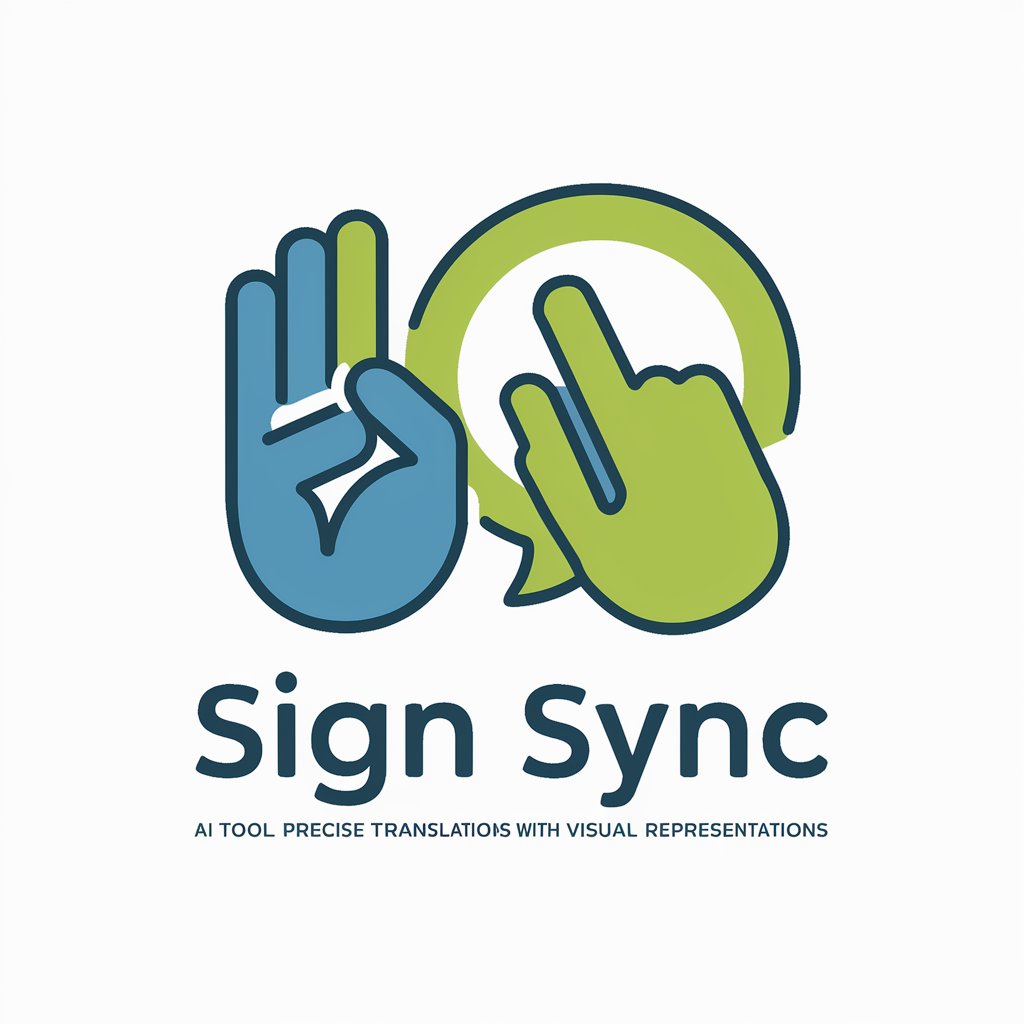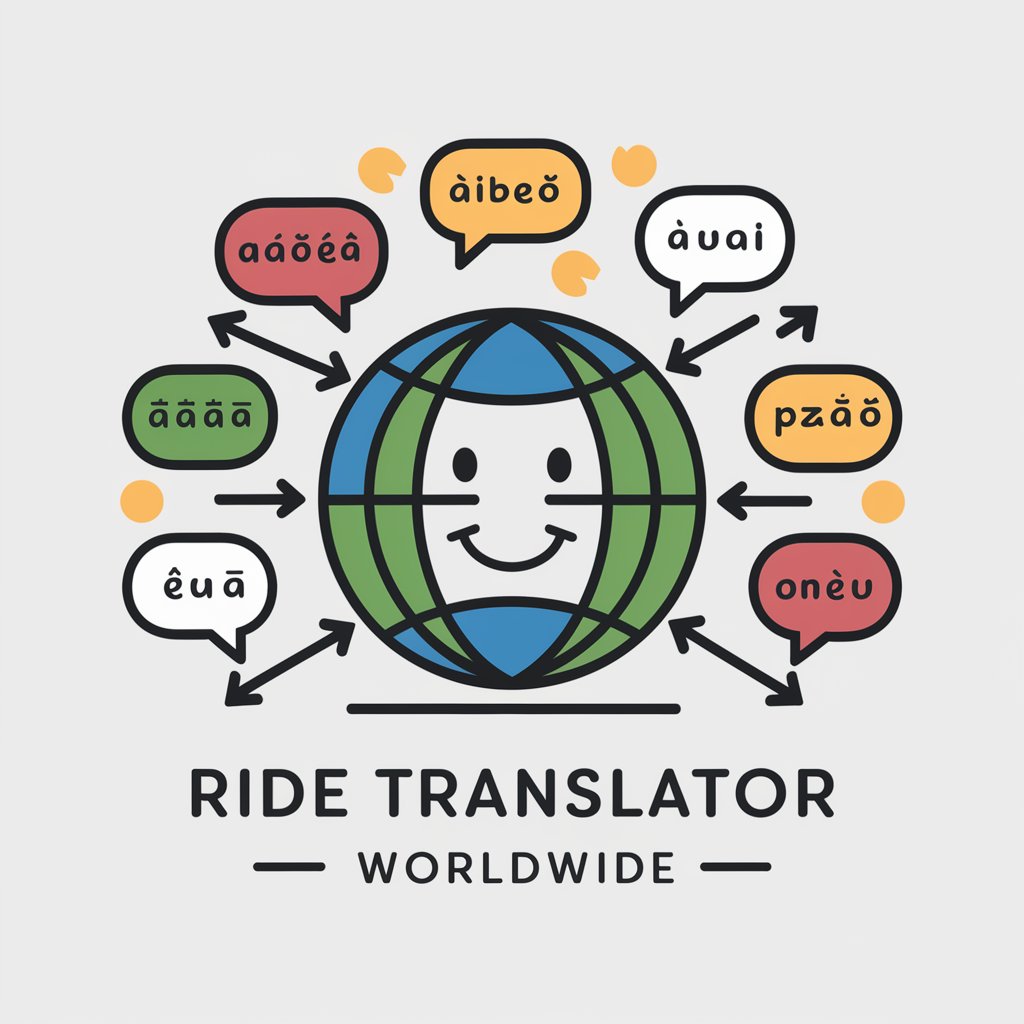9 GPTs for Cross-cultural Interaction Powered by AI for Free of 2025
AI GPTs for Cross-cultural Interaction refer to advanced tools designed to facilitate understanding and engagement across different cultures. Utilizing the capabilities of Generative Pre-trained Transformers (GPTs), these tools are tailored to address the nuances of language, customs, and communication styles inherent in cross-cultural exchanges. They are pivotal in offering contextually relevant, culturally sensitive, and linguistically accurate interactions, making them essential for global communication and understanding.
Top 9 GPTs for Cross-cultural Interaction are: Universal Bilingual Translator,Just Translate,Translate GPT,Bahasar Link,Chinese/English Voice Translator,Sign Sync,Business English Buddy,Ride Translator,Ride Translator - Worldwide
Universal Bilingual Translator
Bridging Languages with AI Precision

Just Translate
Bridging Languages with AI Precision

Translate GPT
Bridging Languages with AI Precision

Bahasar Link
Seamless Translation, AI-Powered Precision

Chinese/English Voice Translator
Bridging Languages with AI Precision

Sign Sync
Bridging Communication with AI-Powered ASL Translation

Business English Buddy
Master Business English with AI

Ride Translator
Break language barriers with AI

Ride Translator - Worldwide
Breaking Language Barriers with AI

Key Characteristics and Functionalities
AI GPTs for Cross-cultural Interaction exhibit unique capabilities such as multilingual translation, cultural context understanding, sentiment analysis, and adaptive communication styles. These features enable them to handle a range of tasks, from simple translations to complex cultural mediation. Special functionalities may include language learning aids, technical support in multiple languages, enhanced web searching for cultural insights, creative image generation with cultural themes, and sophisticated data analysis to uncover cultural trends.
Who Benefits from Cross-cultural AI GPT Tools
These tools are invaluable for individuals ranging from cross-cultural novices to professionals and developers in the international field. They offer easy access for those without programming skills, providing intuitive interfaces and straightforward functionalities. For tech-savvy users, these GPTs offer extensive customization and programmability, enabling advanced users to tailor the tools to specific cross-cultural interaction needs.
Try Our other AI GPTs tools for Free
Parenting Resource
Discover how AI GPTs tools for Parenting Resource can revolutionize your parenting approach with tailored advice, educational content, and comprehensive support.
Pregnancy Tracker
Discover how AI GPTs for Pregnancy Tracker revolutionize prenatal care with personalized advice, health insights, and interactive support tailored to each stage of pregnancy.
Local Activity Finder
Discover the transformative power of AI GPTs for Local Activity Finder, offering personalized planning and recommendations for local events and activities tailored to your interests.
Adaptive Learning
Explore AI GPTs for Adaptive Learning: Tailored educational tools designed to adapt to your learning pace and style, enhancing engagement and understanding across various subjects.
Customized Illustrations
Discover the power of AI GPTs for Customized Illustrations: innovative tools transforming text into tailored visual content, perfect for artists, developers, and creatives seeking personalized imagery.
Legal Proceedings
Discover how AI GPTs for Legal Proceedings revolutionize legal tasks with advanced AI, tailored to streamline operations and enhance decision-making in the legal field.
Deeper Dive into Customized GPT Solutions
GPTs for Cross-cultural Interaction are being increasingly customized for different sectors, offering user-friendly interfaces and seamless integration capabilities. They are evolving to handle more complex cultural nuances, enabling users to achieve more authentic and effective cross-cultural engagements. Their adaptability ensures they can fit into various operational workflows, enhancing global communication and cultural understanding.
Frequently Asked Questions
What exactly are AI GPTs for Cross-cultural Interaction?
They are AI tools designed to enhance communication and understanding across different cultures, leveraging the power of GPTs to provide context-aware, culturally sensitive interactions.
How do these tools help in cross-cultural communication?
They facilitate understanding and engagement by providing language translation, cultural context analysis, and adaptive communication to bridge cultural gaps.
Can non-technical users easily use these GPT tools?
Yes, these tools are designed with user-friendly interfaces that require no technical skills, making them accessible to everyone.
What special features do AI GPTs for Cross-cultural Interaction have?
They include multilingual support, cultural context understanding, sentiment analysis, and tailored communication styles.
How can developers customize these AI GPT tools?
Developers can utilize APIs and programming interfaces to tailor functionalities, integrate with other systems, and create bespoke solutions for specific cultural contexts.
Are these tools applicable in professional cross-cultural settings?
Absolutely, they are designed to support professionals in navigating and managing cross-cultural interactions efficiently in various global settings.
How do these AI tools integrate with existing workflows?
They can be seamlessly integrated with existing systems and workflows to enhance cross-cultural communication capabilities without disrupting current operations.
What future advancements can we expect in these tools?
Future advancements may include more nuanced cultural intelligence, deeper integration of non-verbal communication aspects, and more personalized interaction experiences.